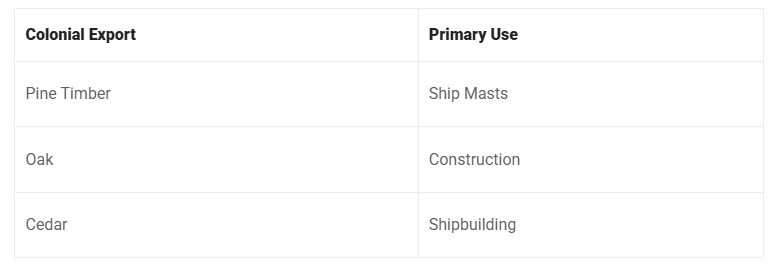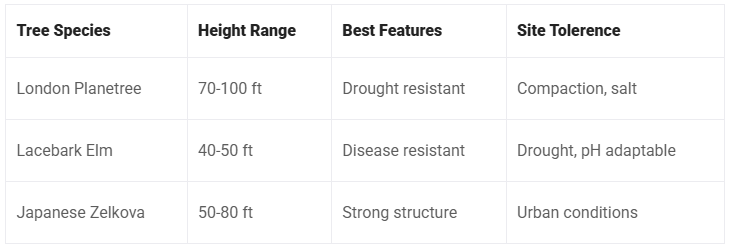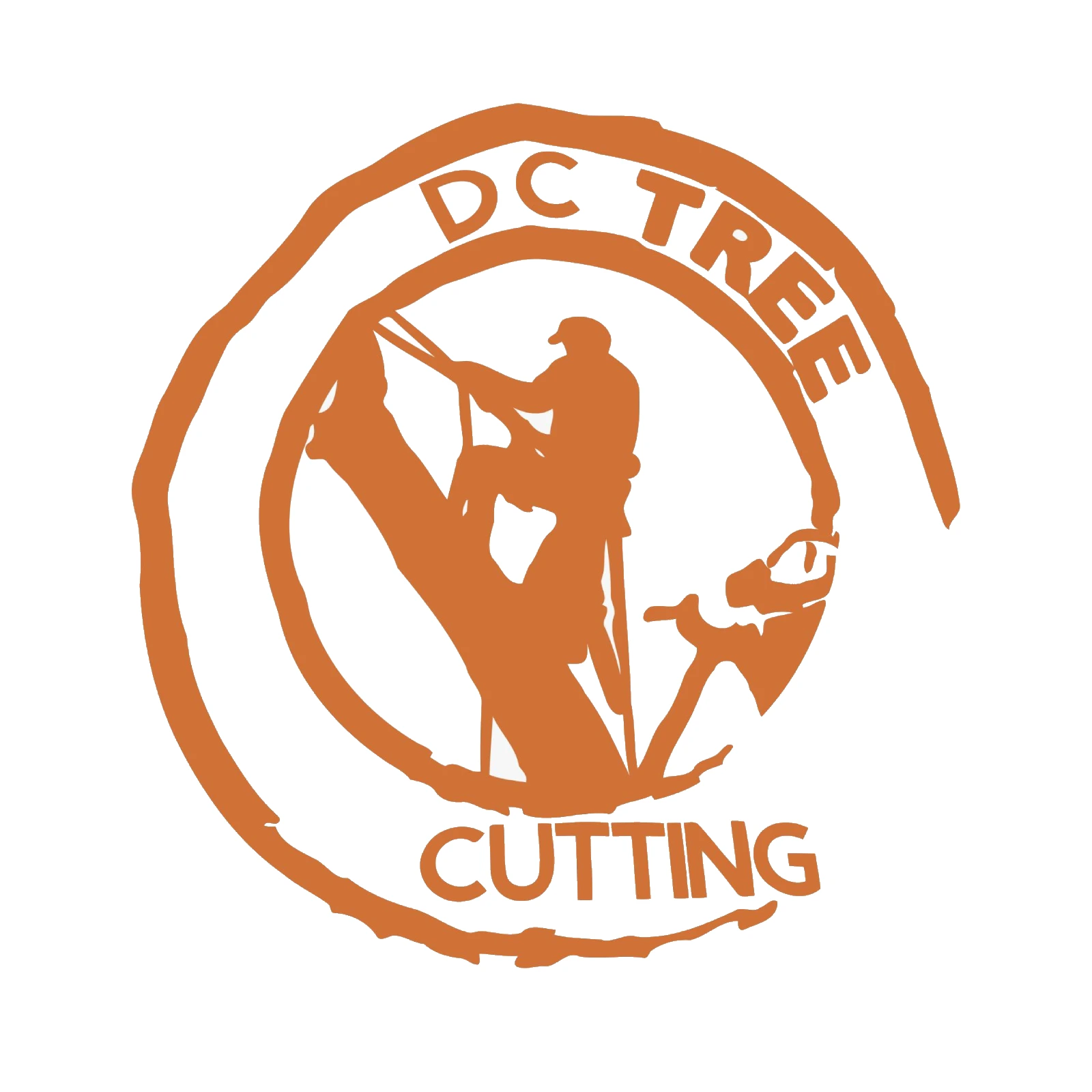Educational Resources
OUR SERVICES
Our Testimonials
Trustindex verifies that the original source of the review is Google. Great group of guys and even better service. I highly recommend!Trustindex verifies that the original source of the review is Google. Very professional and a great jobTrustindex verifies that the original source of the review is Google. Friendly customer service and next day actual service. I will definitely be using them again. - Kinston’, NCTrustindex verifies that the original source of the review is Google. Great guys to work with. I highly recommend DC Tree Cutting.They are well equipped to handle any project and stand by their word.Trustindex verifies that the original source of the review is Google. Fabulous company! Great team of guys! Great work, on time, their team was professional, friendly, and highly skillful. Got the job done quickly and on time. They cleaned up at the end of the day! No damage in my back yard. It was a pleasure working with DC Tree Cutting service. Recommend without reservation. JOB WELL DONETrustindex verifies that the original source of the review is Google. This company was great. Cut trees for a fair price. Cleaned up and raked. Very impress with customer service!Trustindex verifies that the original source of the review is Google. DC Tree Cutting did an amazing job taking down four very large cedar trees in a very tight space for us. They were very precise and careful and completed the job to our complete satisfaction. I highly recommend DC Tree Cutting and will certainly use them again in the future.Trustindex verifies that the original source of the review is Google. Thank you Chris, you & your crew did a wonderful job cutting down our 2 very big trees & completely removing stumps & cleaned up yard perfect. You did BETTER than 5+’s & great price made it even better !
Contact Us
A Guide to the Trees of North Carolina: Eastern Region’s Most Common Varieties
North Carolina’s landscape showcases over 200 native tree species, making it one of the most diverse forest regions in North America. From the towering pines that gave the state its “Tar Heel” nickname to the sturdy oaks that line historic streets, the trees of North Carolina tell a rich story of natural and cultural heritage.
The common trees of North Carolina vary significantly across the eastern region, each playing a vital role in the ecosystem. Whether you’re a homeowner selecting the perfect shade tree, a nature enthusiast exploring local parks, or simply curious about the greenery around you, understanding these native species helps appreciate their value and ensure their preservation for future generations. This guide explores the most significant varieties, their characteristics, and practical tips for identification and care.
A Guide to the Trees of North Carolina: Eastern Region’s Most Common Varieties
Native American Tree Uses
The Cherokee developed sophisticated knowledge of forest resources, using trees not only for basic needs but also for medicinal purposes. They believed in a balanced relationship with nature, gathering only what they needed for yearly sustenance. Trees provided essential materials for their communities:
- Oak and hickory for tools and structures
- Cedar and cypress for canoe construction
- Medicinal bark and roots for healing practices
Colonial Era Timber Industry
By 1720, North Carolina’s colonial timber industry was producing over 50,000 British pounds worth of lumber annually. The region’s vast forests became crucial for naval stores, particularly in ship construction and maintenance. The industry expanded rapidly, with commercial logging operations establishing numerous sawmills by the late seventeenth century.

Modern Cultural Importance
The discovery of ancient bald cypress trees along the Black River in the 1980s marked a significant milestone in North Carolina’s forest heritage. The oldest identified tree, known as Methuselah, dates back to 364 AD, making these trees the oldest in eastern North America. The Nature Conservancy now protects over 16,000 acres in the Black River basin, preserving these ancient giants for future generations.
These historic trees continue to serve as crucial environmental indicators, providing valuable data about climate patterns through their growth rings while supporting endangered species like the northern long-eared bat. Their preservation represents a shift from the resource-extraction mindset of previous centuries to modern conservation efforts.
Essential Hardwood Species Guide
Eastern North Carolina’s hardwood forests feature some of the most valuable timber species in the United States. These native trees provide essential resources for both wildlife and human industry.
Oak Varieties and Uses
The region’s oak trees demonstrate remarkable diversity in both appearance and utility. The Scarlet Oak reaches impressive heights of 65-100 feet, featuring distinctive bright red fall foliage. The more compact Blackjack Oak grows 20-30 feet tall, characterized by leathery green leaves with brownish undersides. Live Oak, a coastal favorite, can spread its branches up to 120 feet across, maintaining green foliage year-round.

Maple Species Characteristics
Red Maple dominates the landscape with its adaptability and striking appearance. Key features include:
- Heights reaching 120 feet with a 30-50 foot spread
- Serrated leaf margins with distinctive red stems
- Exceptional tolerance for various soil conditions
- Brilliant red to orange fall coloration
Hickory and Beech Identification
American Beech trees display smooth, light gray bark that remains unchanged as they age, growing 60-80 feet tall with dense, upright-oval crowns. Their leaves turn a distinctive golden bronze in fall, often persisting through winter. Hickory species, prized for their hard, stiff wood, feature compound leaves with 5-17 leaflets and produce characteristic nuts. Their slow growth and deep taproot make them challenging to transplant, but their durability makes them valuable for tool handles and smoking wood.
Common Evergreen Tree Types
Evergreen trees form the backbone of North Carolina’s eastern forest landscape, providing year-round greenery and essential ecological benefits. These steadfast sentinels range from towering pines to dense cedars, each adapted to specific environmental conditions.
Pine Species Overview
The Loblolly Pine, second most common tree in the United States, dominates the eastern landscape, reaching heights of 115 feet with distinctive gray, scaly bark. Its rapid growth rate makes it invaluable for timber production. The Eastern White Pine, native to higher elevations between 1,200 and 3,500 feet, features soft blue-green needles and thrives in well-drained soils.

Cedar and Cypress Varieties
Atlantic White Cedar grows 60-80 feet tall in coastal plain regions, preferring sandy, peaty soils. Its scale-like leaves form dense, blue-green sprays, making it excellent for wildlife cover. The Leyland Cypress, reaching 50 feet in just 15 years, serves as an effective screening tree but requires careful placement due to its shallow root system.
Evergreen Care Tips
Successful evergreen cultivation depends on proper timing and maintenance:
- Plant during spring or fall for optimal establishment
- Ensure adequate spacing for mature size
- Water deeply but infrequently once established
- Apply 1-2 inches of pine straw mulch to retain moisture
- Monitor for common issues like needle cast and bark beetles
These evergreen varieties demonstrate remarkable adaptability across North Carolina’s diverse growing conditions, from coastal wetlands to upland sites. Their year-round presence provides essential wildlife habitat while offering practical benefits for landscape design and environmental protection.
Urban Tree Selection Guide
Selecting the right tree for urban environments requires careful consideration of space constraints, site conditions, and long-term maintenance needs. The success of urban trees depends largely on matching species characteristics with specific location requirements.
Best Trees for Residential Areas
- Mature size compatible with available space
- Tolerance for local soil conditions
- Root system characteristics
- Seasonal maintenance requirements
For residential landscapes, willow oak (Quercus phellos) stands out as a reliable choice, adapting well to both wet and dry conditions while providing excellent shade. The red maple thrives in moist areas but requires careful placement to avoid stress-related issues. For smaller spaces, the dogwood offers year-round appeal with spring flowers and fall color.
Selection criteria for residential trees:
Street Tree Recommendations
Street trees face unique challenges including limited soil volume, compaction, and exposure to pollutants. The following species have demonstrated superior performance in urban conditions:
Pine Species Overview
The Loblolly Pine, second most common tree in the United States, dominates the eastern landscape, reaching heights of 115 feet with distinctive gray, scaly bark. Its rapid growth rate makes it invaluable for timber production. The Eastern White Pine, native to higher elevations between 1,200 and 3,500 feet, features soft blue-green needles and thrives in well-drained soils.

For planting strips 3.5 to 5 feet in width, maintain minimum spacing requirements of 25 feet for large and medium trees, and 15 feet for small-maturing varieties. Proper management and training pruning address most concerns while maximizing long-term benefits.
Conclusion
North Carolina’s trees represent a living legacy that spans centuries of cultural, economic, and ecological significance. The eastern region’s diverse collection of hardwoods and evergreens continues to shape both urban landscapes and natural forests. Native species like the ancient bald cypress stand as silent witnesses to history, while carefully selected urban varieties create livable spaces for future generations.
The successful management of these arboreal resources depends on understanding their unique characteristics and requirements. Whether choosing a maple for residential shade, a sturdy oak for street plantings, or preserving heritage specimens, proper species selection and care remain essential. These choices affect not only current landscapes but also determine the health and sustainability of North Carolina’s urban forest canopy.
The trees of eastern North Carolina tell stories of Native American wisdom, colonial enterprise, and modern conservation. Their preservation and thoughtful cultivation ensure these stories continue, while their branches shelter wildlife, clean the air, and enhance communities across the state.

